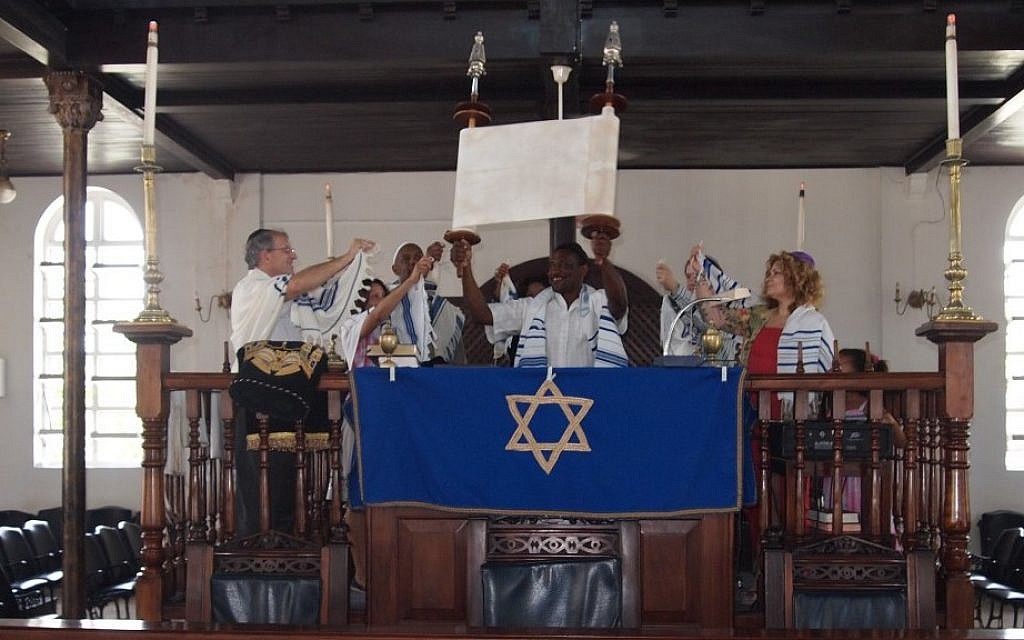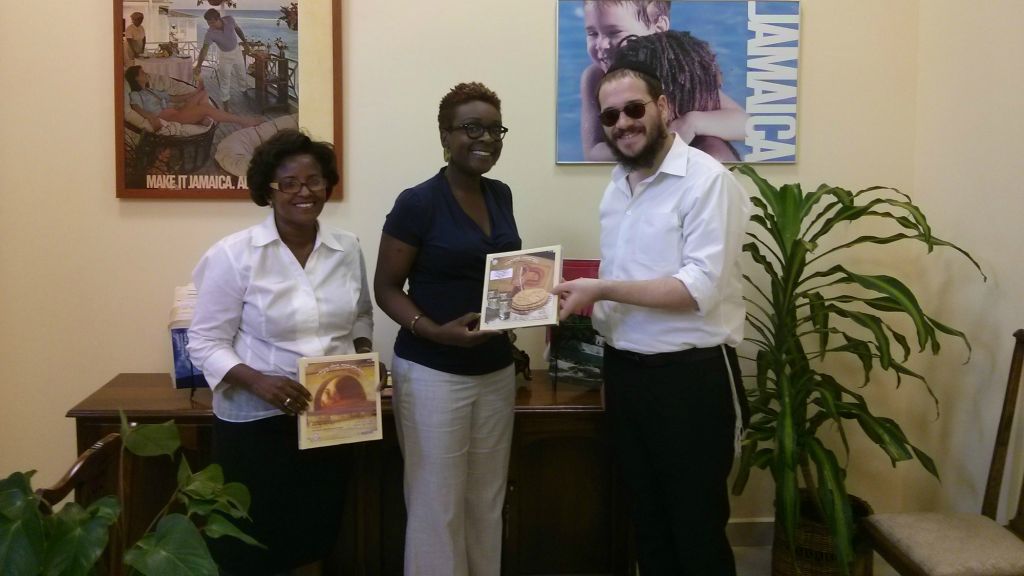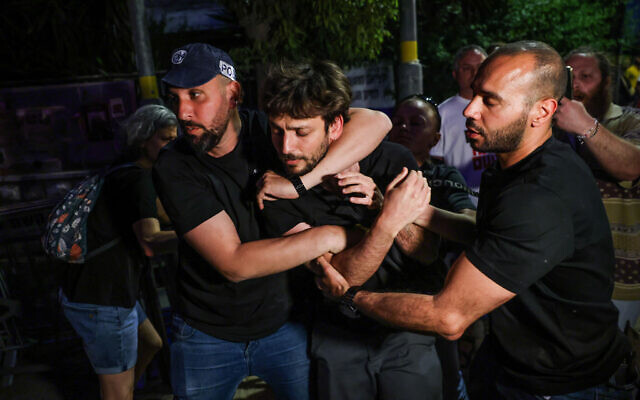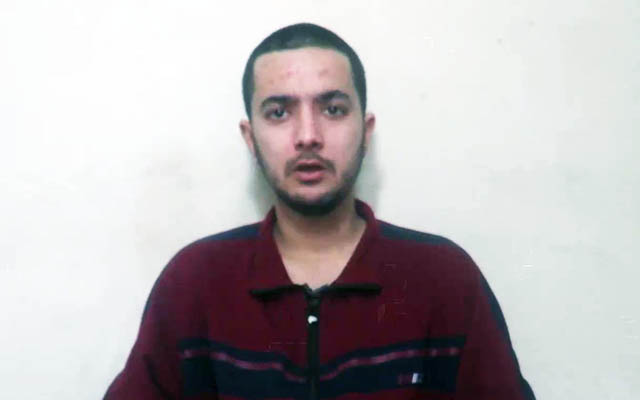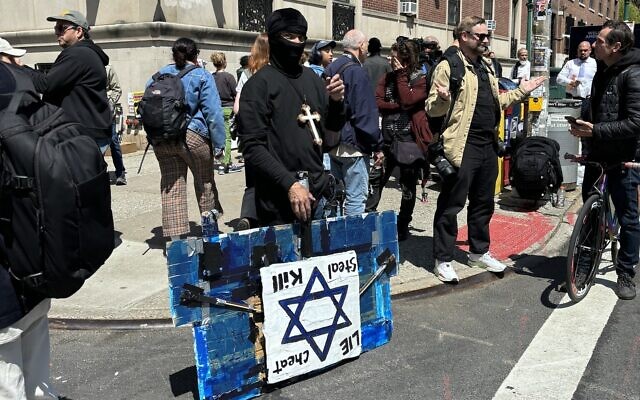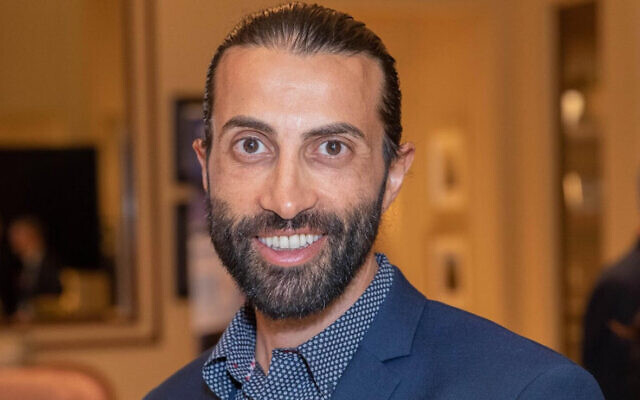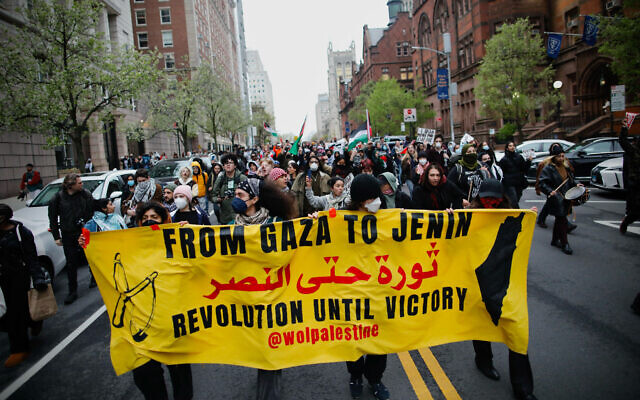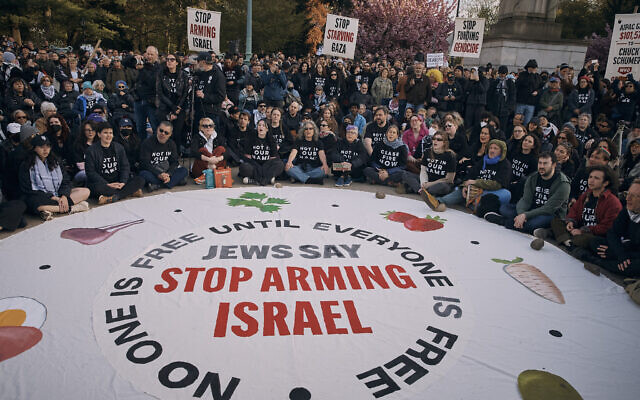Remnants of Jamaica’s Jews hold a heritage full of firsts
From artists to newspapermen, the early Jewish community on the Caribbean island set many precedents — before being decimated by assimilation, immigration and intermarriage
KINGSTON, Jamaica — “Is this the way to the Jewish church?” a Jamaican driver yells out of the window of his car.
“Yes, just keep going straight,” someone replies.
Soon enough we see the “Jewish church” itself, a white building beautifully outlined against the blue sky. All the doors are wide open — or maybe there are no doors. Here it’s important to let the breeze in.
Inside, white and black people, men and women, pray and sing together. The floor is covered in sand, a Sephardic tradition that goes back to the days of the Inquisition when Spanish Jews had to hide their identity. The sand has to be changed every 10 years or so, because it gets dirty and the wind blows it out, explains the synagogue’s rabbi, David Stephen Cohen Henriques, who admits he can read Hebrew but he can’t speak the language.
“I learned on the job. Somebody had to step up for the community,” he says about how he became a rabbi.
This is Shaare Shalom, a synagogue serving a congregation that traces its Jewish roots back to the first Europeans in the Americas, who came with Columbus in 1492 — the same year that Spain expelled its Jews. It was on Columbus’s second voyage in 1494 that he landed in Jamaica.
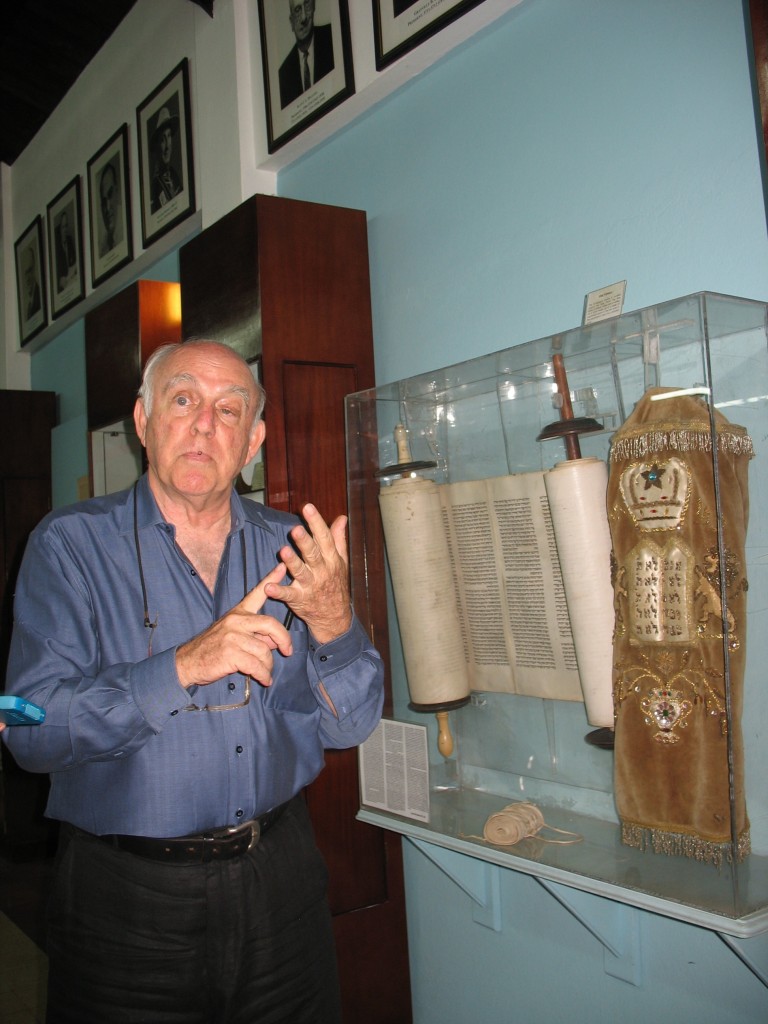
“Jews were among the first families that came to Jamaica,” Rabbi Henriques says. “They came here with various voyages. They worked on the ships. They were kicked out of Spain and Portugal, so they had to find somewhere else to go.”
Jamaican historian Richard Guy even goes so far as to say that there were definitely Jews traveling on the ship with Columbus, and that even Columbus himself may have been a converted Jew. In any case, he asserts that there were Jews living in Jamaica before there were Jews in the United States.
The proof is North America’s oldest Jewish cemetery, which Guy says was established in Jamaica in 1692. It was cleaned up and declared a heritage site a few years ago, according to Guy.
While there are currently no Jewish heritage tours in Jamaica, there is some talk about organizing one, given that Jewish Jamaicans made important contributions to the island’s history.
Jamaica’s first artist
Visit Jamaica’s National Gallery in Kingston, and a guide will bring you to the see the two rooms showcasing the works of Jamaica’s first artist — Isaac Mendes Belisario (1795 -1849), who was Jewish.
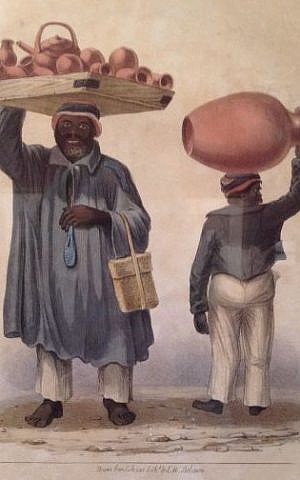
Belisario’s landscapes captured the island’s lush natural beauty, as well as some of its inhabitants. In one painting, a barefoot woman in a white blouse carries jugs of milk on her head. In another, we see the bearded water-jug salesman, also without shoes and carrying his clay pots on his head.
There is, however, some disagreement in Jamaica today about whether Belisario can really be described as a Jamaican artist, even though he is known to have been born in Jamaica, says the museum’s assistant curator Monique Barnett. At issue, Barnett says, is not that he was white, but that his landscapes resemble the works that British artists produced when commissioned by plantation owners.
“There are some people who feel that it’s not just about where [the artist] was born. They feel that the art he produced is seen through colonial eyes, not through the eyes of someone who embodies Jamaican cultural ancestry,” Barnett said.
The first black millionaire
Another popular attraction in Jamaica’s capital is the Devon House, the former residence of Jamaica’s first black millionaire, whose father, by the way, was Jewish.
George Stiebel was the offspring of a German Jewish father and a black Jamaican housekeeper, and he allegedly made his fortune when he purchased an abandoned gold mine and discovered gold in it, explains museum guide Marcia Riley Brown. His beautiful mansion is now famous for the best Jamaican ice cream, sold on the premises.

The first newspaperman
Jamaica’s oldest operating newspaper, the Jamaica Gleaner, was also founded by a Jew. His name was Jacob De Cordova, and he established the newspaper, which is still published today, almost 200 years ago.
De Cordova was born in Jamaica in 1808 to British Jews of Sephardic descent. After his mother died in childbirth, he was raised by an aunt in England, but returned to Jamaica at age 26, where he founded the paper with his brother.
De Cordova would later move to Texas, where he was elected to the Texas House of Representatives.
Jamaicans with Jewish family names
In the 19th century, this Caribbean island had several synagogues and the Jewish community numbered more than 2,500 members. Now, only about 200 Jews are left, Henriques says. Over the centuries, the island’s Jewish population has been decimated by assimilation, immigration and intermarriage. Nowadays, the Shaare Shalom synagogue often attracts curious non-Jews and even groups of Catholic schoolgirls on school trips.
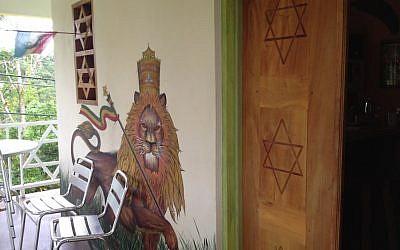
Yet the island’s Jewish heritage mysteriously survives in the family names of the black-skinned inhabitants, Henriques adds. This leads him to believe that Jamaicans with names like Levy, Cohen, Decosta, Desouza and even his own name, Henriques, must have some Jewish heritage even if they don’t know about it.
He suspects that some Jamaicans with Jewish names may be the offspring of extramarital liaisons. In Jamaica, he explains, it is customary to give the father’s family name to the child even if the parents are not married.
“Quite a few Jamaicans have Jewish last names. If someone’s name is Levy, when they are really black — how did they get that name?” says Henriques. “Some do know. I met a number of people who said, ‘My grandfather was a Jewish white man.’
Despite having been home to a Jewish community for many centuries, many Jamaicans aren’t clear on what Judaism is — and it is not easy to travel on the island as an observant Jew.
Hassidic Jew Shmuli Lefkowitz, who wears a kippa and sidelocks, was recently mistaken for a Muslim by a taxi driver during his visit to Ochos Rios, Jamaica.
“It happens sometimes, in remote places like Cambodia,” said Lefkowitz.
While there is a functioning Chabad house in Jamaica, which offers kosher meals and Shabbat services, Lefkowitz said he didn’t eat anything but bananas for two days until he managed to get to a large supermarket and stock up on cans of imported kosher tuna fish.
The writer was a guest of the Jamaica Tourist Board.
Are you relying on The Times of Israel for accurate and timely coverage right now? If so, please join The Times of Israel Community. For as little as $6/month, you will:
- Support our independent journalists who are working around the clock;
- Read ToI with a clear, ads-free experience on our site, apps and emails; and
- Gain access to exclusive content shared only with the ToI Community, including exclusive webinars with our reporters and weekly letters from founding editor David Horovitz.

We’re really pleased that you’ve read X Times of Israel articles in the past month.
That’s why we started the Times of Israel eleven years ago - to provide discerning readers like you with must-read coverage of Israel and the Jewish world.
So now we have a request. Unlike other news outlets, we haven’t put up a paywall. But as the journalism we do is costly, we invite readers for whom The Times of Israel has become important to help support our work by joining The Times of Israel Community.
For as little as $6 a month you can help support our quality journalism while enjoying The Times of Israel AD-FREE, as well as accessing exclusive content available only to Times of Israel Community members.
Thank you,
David Horovitz, Founding Editor of The Times of Israel


